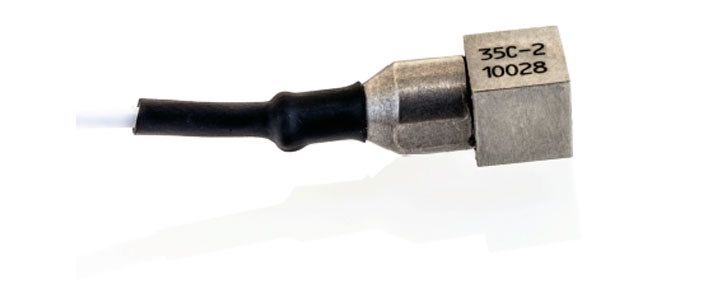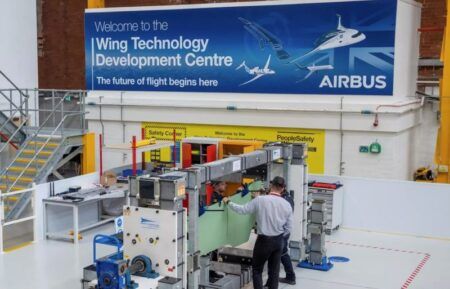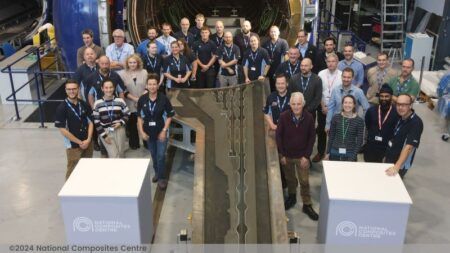Who, on Heaven’s green earth, would want to buy a triaxial accelerometer, much less one that’s so small it can hardly be seen?
It’s a good question from a cost-conscious test professional that sees the price of three single axis accelerometers as less expensive than a triaxial accelerometer and one who is measuring vibration on large objects. However, time is money and preparing a single location for mounting one device rather than three locations for three devices makes sense.
Further, cable installation and connecting to instrumentation is less complicated and less time consuming for a single location than three. From a measurement perspective, taking data from a single location allows test professionals to preserve phase information as well as to ensure the data is not contaminated by structural differences among locations.
Miniature and lightweight
Size is important for two reasons. First, it avoids mass-loading effects where the mass of the accelerometer on a small structure alters the natural frequency of the structure under test. Secondly, many measurements have very demanding space restrictions. Consequently, the ultra-miniature, lightweight footprint of Endevco’s 35C makes it ideal for space-restricted testing applications, especially in the aircraft, spacecraft, satellite, and missile industries where more conventional accelerometers cannot be used.
The 35C is an ultra-miniature, adhesive mounted triaxial piezoelectric accelerometer with integral electronics. Its tiny size, 0.235in cube, and light weight, 0.76g (sensor only), makes it ideal for measuring vibration on very small objects.
All materials used for the Model 35C construction have less than or equal to 1% TML (Total Mass Loss) and a CVCM (Collected Volatile Condensed Mass) less than or equal to 0.1%, verified by NASA documentation. The shear ferroelectric crystal technology underlying the sensor design provides very low sensitivity to base strain, cable strain and very low thermal transient response. This technology also provides a wide-band frequency and insensitivity to non-acceleration input in a rugged and reliable package.
The 35C’s hermetically sealed titanium case is well-suited for use in humid, corrosive and dirty environments. Further, its waterproof Ingress Protection Marking (IP68) guarantees performance at 100 meters depth and 48 hours duration. Mounting the accelerometer is easily performed using Cyanoacrylate adhesives while removal is achieved with the appropriate solvent and the removal tool supplied with each accelerometer.
Performance
The 35C has an integral three-foot cable that terminates to a single threaded ?-28 4-pin connector. This accelerometer is available in three sensitivities: 2.5 mV/g, 5 mV/g and 10 mV/g. It operates in annular shear mode which exhibits excellent output sensitivity stability over time. The 35C is also designed with a very low noise floor that results in an outstanding signal to noise ratio for more accurate measurements.
The accelerometer incorporates an internal hybrid signal conditioner in a two-wire system, which transmits its low impedance voltage output through the same cable that supplies the required constant current power.
Typical resonance frequency of the Model 35C is 40 kHz with maximum amplitude response (±5%) of z and y axis of 2-8000 Hz and maximum amplitude response (±5%) of x axis of 2-6000 Hz. Highest nominal range is ±2800 g’s.
This accelerometer operates directly with industry standard, easily available data systems that have built-in constant current power supply that provides low per channel costs. Endevco also offers optional Models 123 and 133 signal conditioners for the 35C.
The 35C offers many benefits to aerospace engineers whose end goal is keeping people safe and the planet green. Its technology requires little operator attention, training or installation expertise. High quality data is effortlessly acquired over extended distances with minimal noise and electrical interference. You could even heat up your coffee to 125°C, pour it over the 35C and still get good data without harming the device.
This article was provided by Endevco





